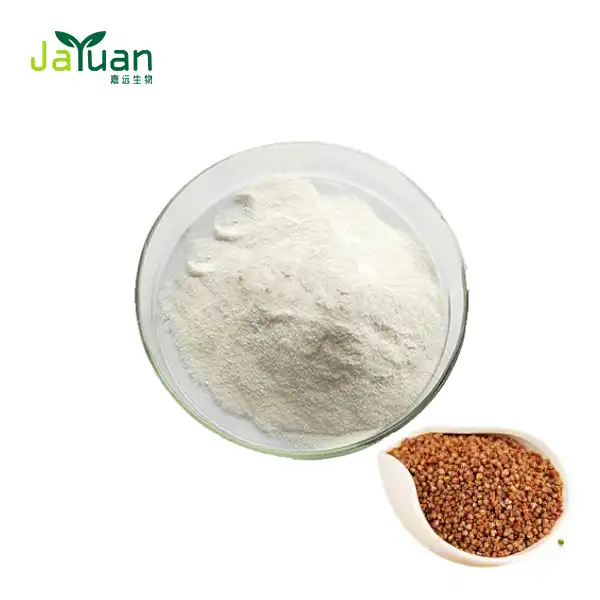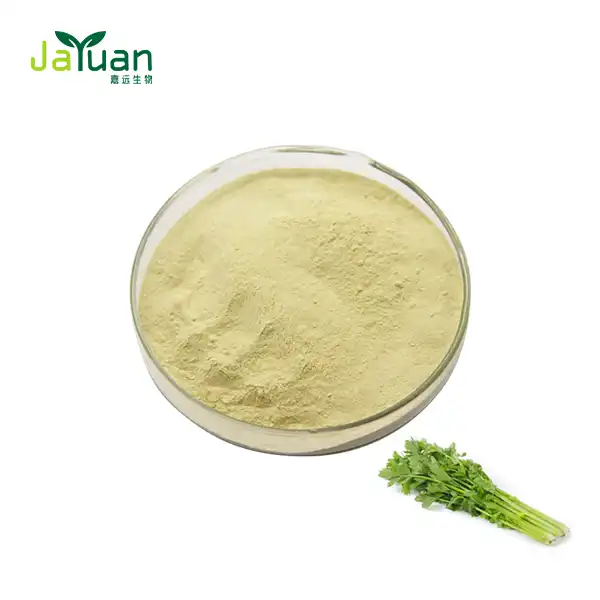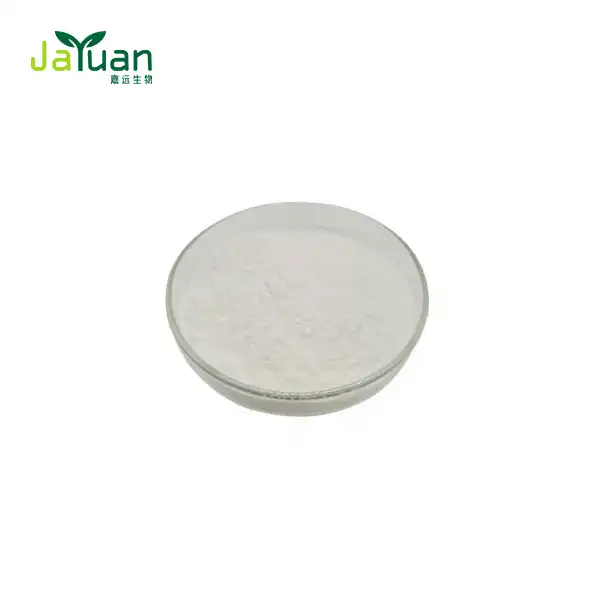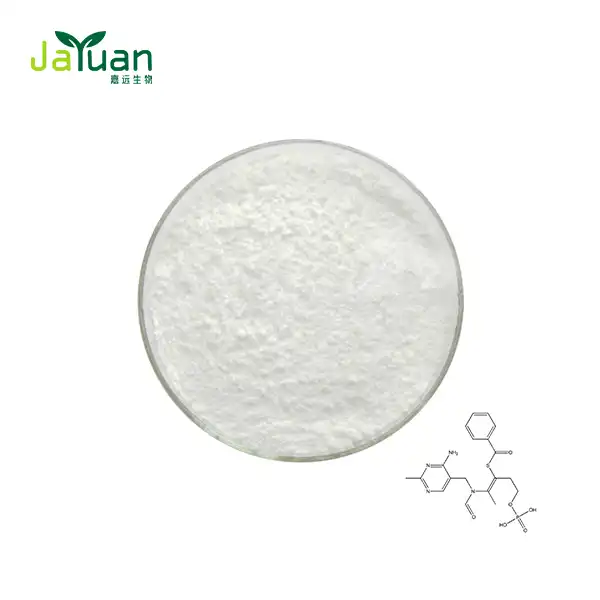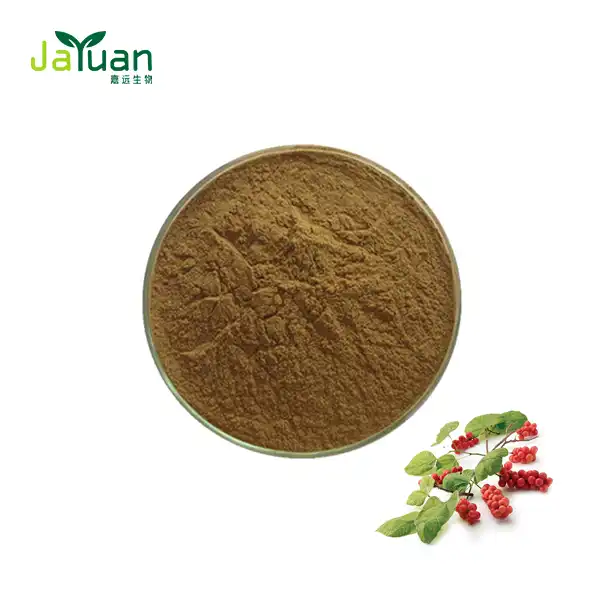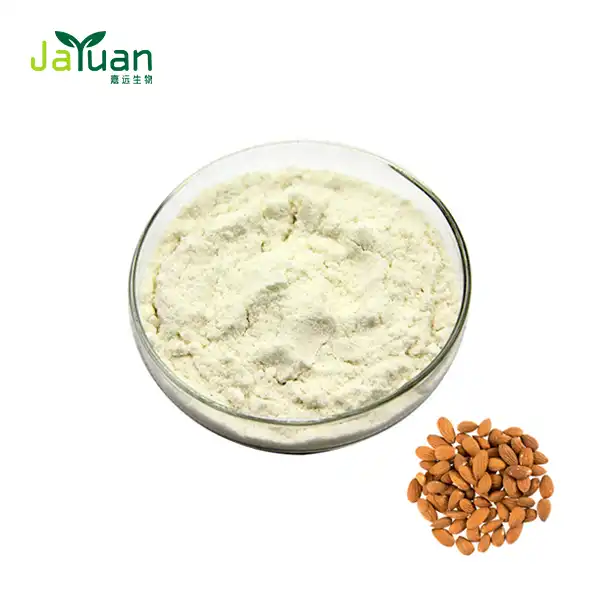Is beta carotene more polar than chlorophyll?
With regards to establish colors, Beta-Carotene Powder and chlorophyll are two of the most notable mixtures. Both assume critical parts in vegetation and fundamentally affect human wellbeing. In any case, have you at any point pondered their substance properties, especially their extremity? In this article, we'll plunge profound into the universe of these captivating atoms, think about their polarities, and investigate the ramifications for their capabilities and utilizations.

A Brief Overview of Polarity
Before we can look at the extremity of bulk beta carotene powder and chlorophyll, it's fundamental to comprehend what extremity implies in science. Extremity alludes to the conveyance of electrical charge in a particle. At the point when particles in an atom share electrons inconsistent, it makes a slight positive charge toward one side and a slight negative charge on the other, bringing about a polar atom.
The level of extremity can fundamentally impact a particle's properties, including its dissolvability, edge of boiling over, and cooperations with different substances. Profoundly polar atoms will generally disintegrate well in water and other polar solvents, while non-polar particles are bound to break down in non-polar solvents like oil.
Beta Carotene: Structure and Polarity
Beta carotene is a type of carotenoid, a group of pigments responsible for the orange, yellow, and red colors in many fruits and vegetables. It's also a precursor to vitamin A, making it an essential nutrient for human health. But what about its polarity?
Beta carotene has a long, symmetrical structure composed of carbon and hydrogen atoms. This structure is largely non-polar due to the even distribution of electrons throughout the molecule. The lack of significant charge separation means that beta carotene is hydrophobic, or "water-fearing." This property explains why beta carotene powder doesn't dissolve well in water but is soluble in fats and oils.
The non-polar nature of beta carotene is crucial for its function in plants and its behavior in the human body. In plants, it helps to harvest light energy and protect against oxidative stress. In humans, its fat solubility allows it to be stored in fatty tissues and transported through the bloodstream in lipoproteins.
Chlorophyll: Structure and Polarity
The construction of chlorophyll, the plant shade that gives establishes their green tone, is more confounded than that of beta carotene. It has a long hydrocarbon tail and a porphyrin ring with a magnesium particle at its middle. A particle with both polar and non-polar locales is created by this design.
The porphyrin ring of chlorophyll is somewhat polar because of the presence of oxygen molecules and the focal magnesium particle. Notwithstanding, the long hydrocarbon tail is non-polar. This blend gives chlorophyll an amphipathic nature, meaning it has both hydrophilic (water-cherishing) and hydrophobic parts.
The extremity of chlorophyll permits it to cooperate with both polar and non-polar substances, which is vital for its capability in photosynthesis. The polar areas assist with mooring the atom in the thylakoid films of chloroplasts, while the non-polar tail settles its situation inside the layer.
Comparing the Polarity of Beta Carotene and Chlorophyll
So, is beta carotene more polar than chlorophyll? The answer is no. Overall, beta carotene is less polar than chlorophyll due to its symmetrical, hydrocarbon-based structure. While chlorophyll has polar regions, beta carotene is almost entirely non-polar.
This difference in polarity has significant implications for how these molecules behave in various environments:
- Solubility: Pure beta carotene powder is more soluble in non-polar solvents like oils, while chlorophyll has some solubility in both polar and non-polar solvents.
- Extraction methods: Different solvents are used to extract these pigments from plant materials. Non-polar solvents like hexane are often used for beta carotene, while more polar solvents might be used for chlorophyll.
- Interactions with cellular structures: The polarity of these molecules influences how they interact with cell membranes and other cellular components.
- Antioxidant activity: The non-polar nature of beta carotene allows it to protect lipids from oxidation, while chlorophyll's amphipathic nature enables it to act as an antioxidant in various cellular environments.
Understanding these differences in polarity is crucial for researchers and manufacturers working with these compounds. For instance, when developing bulk beta carotene powder supplements or fortified foods, formulators must consider its non-polar nature to ensure proper dispersion and bioavailability.

Applications and Benefits of Beta Carotene and Chlorophyll
Despite their differences in polarity, both beta carotene and chlorophyll have numerous applications in various industries:
Beta Carotene:
- Nutritional supplements: Beta-Carotene Powder is used in vitamins and dietary supplements as a source of vitamin A.
- Food coloring: Its vibrant orange color makes it a popular natural food dye.
- Cosmetics: Beta carotene is used in some skincare products for its antioxidant properties.
- Animal feed: It's added to poultry and fish feed to enhance the color of egg yolks and fish flesh.
Chlorophyll:
- Natural food coloring: Used to add green color to foods and beverages.
- Deodorizers: Some products use chlorophyll for its supposed deodorizing properties.
- Photodynamic therapy: Chlorophyll derivatives are being studied for potential use in cancer treatment.
- Nutritional supplements: While not as common as beta carotene supplements, chlorophyll supplements are available for their potential health benefits.
Both compounds are also being studied for their potential health benefits, including their antioxidant properties and possible roles in disease prevention.
Conclusion
All in all, the way that beta carotene is less polar than chlorophyll fundamentally affects their applications and ways of behaving. Chlorophyll is amphipathic in light of the fact that it has both polar and non-polar areas, while beta carotene is primarily non-polar. Their dissolvability, capabilities in living organic entities, and applications in different businesses are totally impacted by this distinction in extremity.
Information on these particles' extremity can give valuable bits of knowledge, whether you are fostering another chlorophyll-based item, fostering a Beta-Carotene Powder supplement, or only inquisitive about the shades that variety our reality.
We are likely to discover even more exciting applications and benefits as we continue to investigate the potential of these remarkable compounds. Contact us at sales@jayuanbio.com if you're interested in learning more about plant extracts like Beta-Carotene Powder.
References
1. Britton, G. (1995). Structure and properties of carotenoids in relation to function. The FASEB Journal, 9(15), 1551-1558.
2. Scheer, H. (1991). Structure and occurrence of chlorophylls. Chlorophylls, 3-30.
3. Tanumihardjo, S. A. (2011). Vitamin A: biomarkers of nutrition for development. The American journal of clinical nutrition, 94(2), 658S-665S.
4. Hörtensteiner, S., & Kräutler, B. (2011). Chlorophyll breakdown in higher plants. Biochimica et Biophysica Acta (BBA)-Bioenergetics, 1807(8), 977-988.
5. Rodriguez-Amaya, D. B. (2001). A guide to carotenoid analysis in foods. ILSI press Washington, DC.
6. Telfer, A. (2005). Too much light? How β-carotene protects the photosystem II reaction centre. Photochemical & Photobiological Sciences, 4(12), 950-956.

